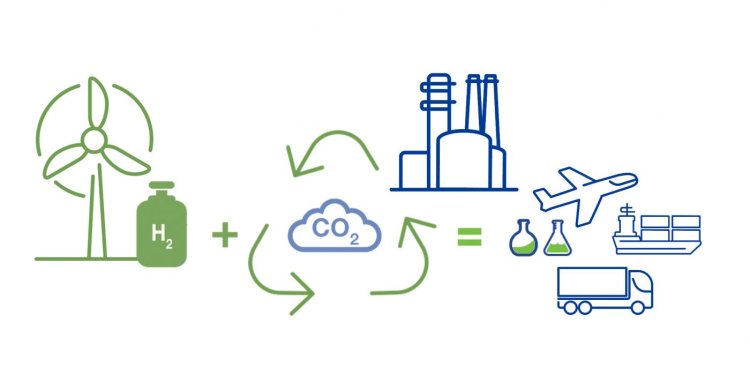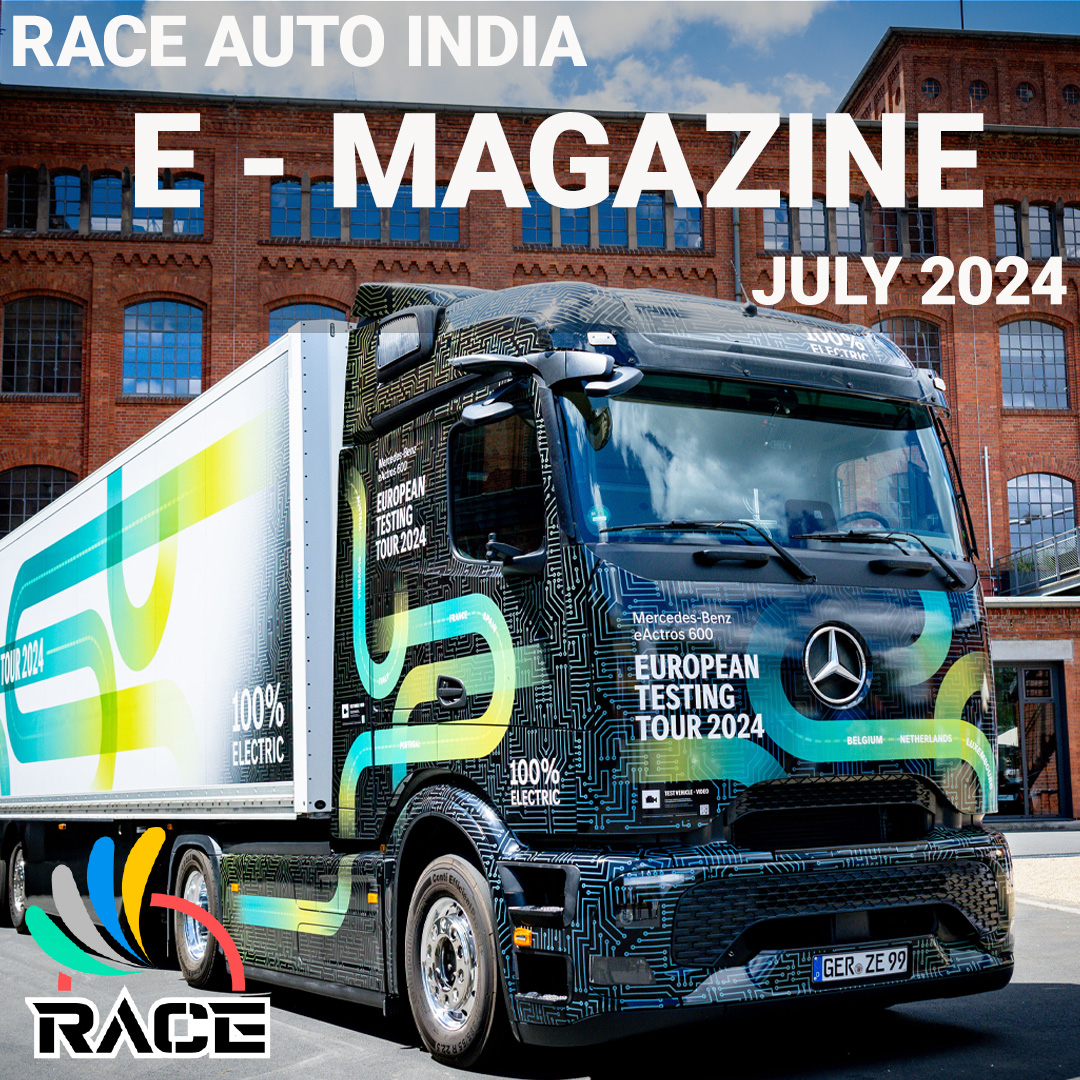Decarbonisation in India- FAME Scheme
India has announced its decarbonization target at the CoP26, which included decarbonizing energy to 50% and achieving 500GW of fossil- free generation capacity by the year 2030 and a net zero emission in the year 2070.

The adverse effects of climate change has hit it’s verge and businesses has responsibilities to mitigate its risk as advised at CoP26, Glasgow. 136 countries have announced Net Zero targets. Decarbonisation is the initiative taken by world countries in order to reduce carbon and other harmful gases emission into the atmosphere resulting from human activity, thus achieving Carbon neutrality.
India has announced its decarbonisation target at the CoP26, which included decarbonising energy to 50% and achieving 500GW of fossil- free generation capacity by the year 2030 and a net zero emission in the year 2070.
Decarbonization- types:
Decarbonization can be achieved in two ways:
· Engine Decarbonization- where reducing the carbon emission emitted due to internal combustion.
· Electric Decarbonization- Eliminating Carbon and other harmful gases from the system itself.
Fame Scheme
In india, around 28% of the emissions caused due to vehicular pollution due to diesel and petrol operated vehicles. Thus to tackle the problem the Union Government introduced the FAME Scheme in 2015.
FAME Scheme refers to Faster Adaptation and Manufacturing of Electric and Hybrid Vehicles in India. This is carried out in two phases which are:
· Phase I: The first phase of Fame India Scheme started in 2015 and was functional till 31st March 2019.
· Phase II: The second phase of this scheme started in April 2019 upto till 31st March 2022, which is now being extended to 31st March 2024.
FAME focuses areas:
The scheme aims to promote the manufacturing of electric and hybrid vehicles to ensure sustainable growth of the same.
· Demand incentives would be available for buyers (end user/ consumers) in the form subsidized purchase price to encourage wider adoption.
· An E- enable system for delivery of incentives under Demand Incentive Scheme. The e-platform is a solution for the all the stakeholders who are eligible to avail the Demand Incentive.
· This scheme also aims to establish an electric charging infrastructure.
FAME II
The Union Government approved the Phase II of the FAME scheme with an allocation of 10,000 crore for a period of 3 years which has now been extended to March 2024.
About 86% of the funds has been allocated to Demand Incentives in order to create demands for Electric vehicles in the country
This phase aims to generate demand by way of supporting incentives to a number of vehicles as presented in the chart.
- Electric Two-wheelers: 10 lakh registered electric two-wheelers will get an incentive of ₹ 20,000 each.
- Electric Four-wheelers: 55,000 electric 4-wheelers with ex-factory price of ₹ 15 lakh will get an incentive of ₹ 1.5 lakh each.
- Hybrid Four-wheelers: Through this scheme, the Government will provide ₹ 13,000 - ₹ 20,000 as an incentive to hybrid 4-wheelers with ex-factory price of ₹ 15 lakh.
- e-rickshaws: 5 lakh e-rickshaws (each) can avail ₹ 50,000 as incentives.
- e-buses: Nearly 7000 e-buses with a maximum ex-factory price of ₹ 2 crores will receive an incentive of ₹ 50 lakh each.
A state-wise break of the vehciles under the incentives is depicted in the graph:
Eligibility:
The benefits of FAME India scheme is available for:
- Electric vehicle manufactures
- Electric vehicle infrastructure providers


